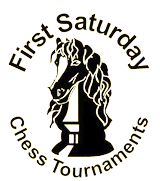Budapest came of age as a city in th 19th century. In the early 1800s, the two towns of Buda and Pest were little more than provincial outposts on the Danube. The dawning of a modern Hungarian identity spawned the neoclassical development of the city, from wich period several monuments survive, foremost among them the National Museum.
Despite the collapse of the Iron Curtain, Budapest retains an exotic feeling seldom experienced in the ,,better known” capital cities of Europe. This is partly due to the complex and unusual language of the Hungarians. Magyar originated on the eastern side of the Ural-Mountains: Along with Finnish and Estonian, it’s one of Europes’s few representatives of the Finno-Ugric family of languages….

